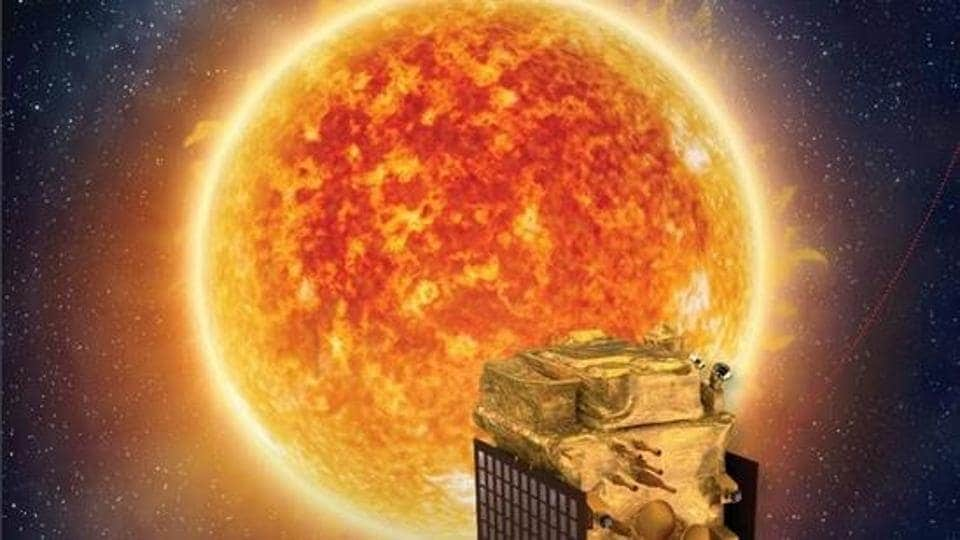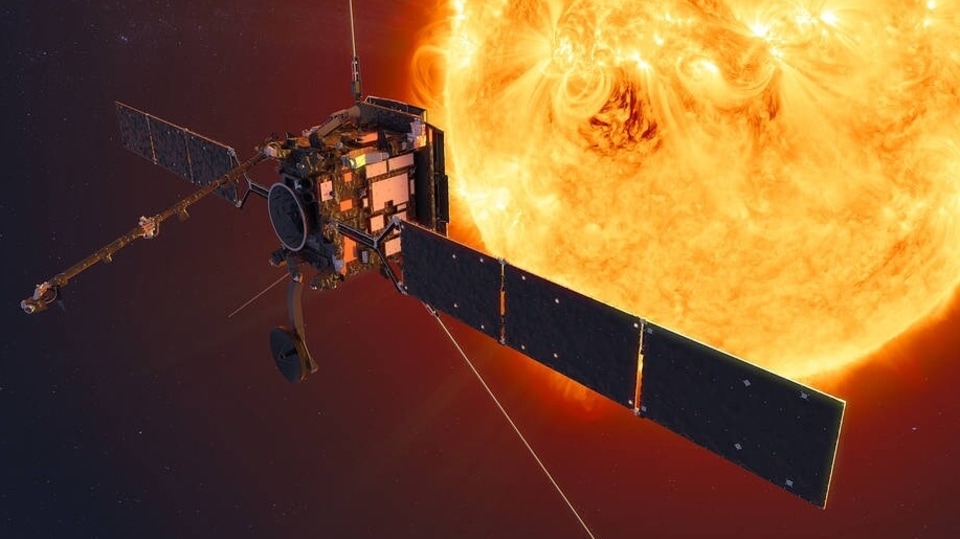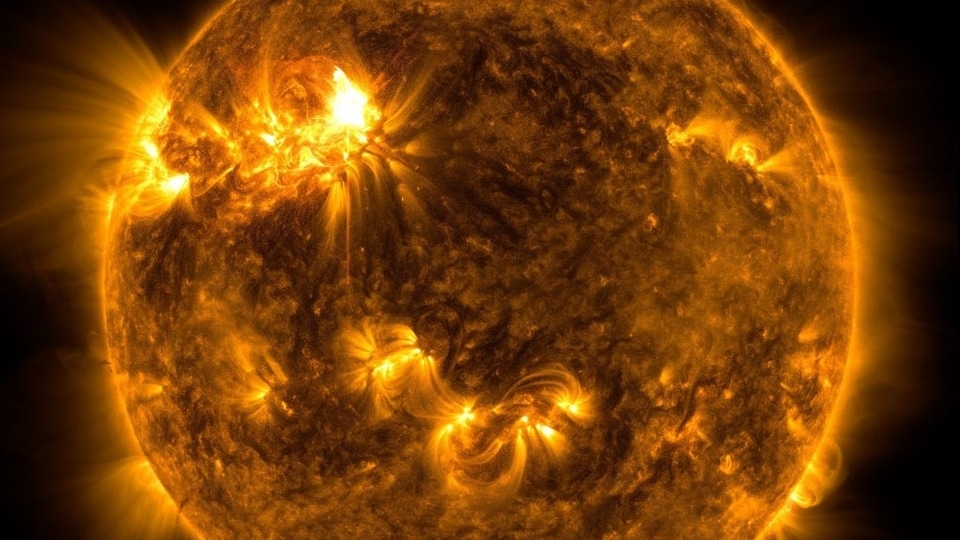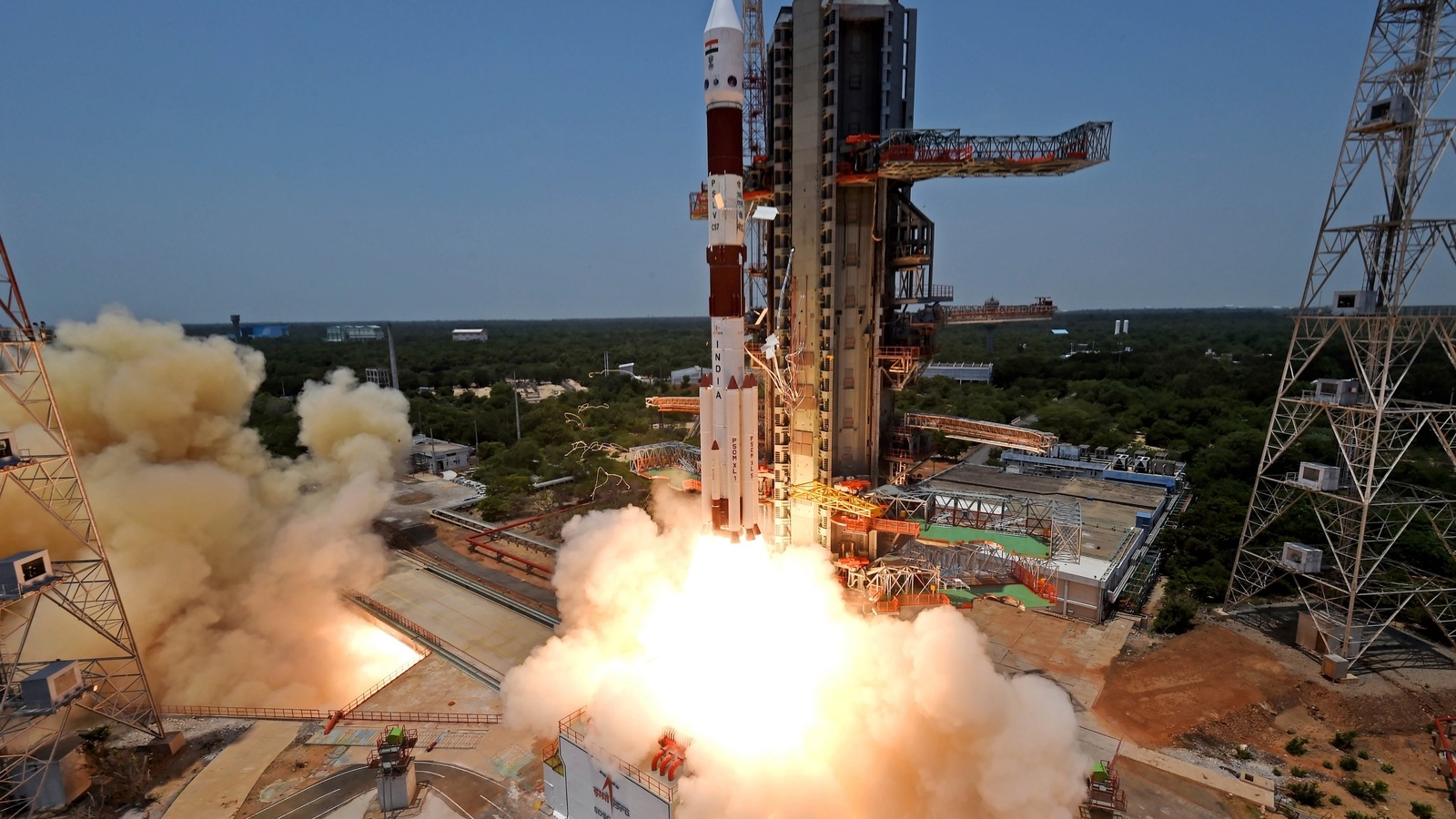Aditya-L1 solar mission completes critical procedure; second Earth-bound manoeuvre successful, says ISRO
The second Earth-bound manoeuvre by India's Aditya-L1 solar mission was performed successfully from ISTRAC, Bengaluru, in the early hours of September 5.






 View all Images
View all ImagesIn a remarkable feat of space exploration, the Indian Space Research Organisation (ISRO) announced the successful completion of the second Earth-bound manuooevre for the Aditya-L1 spacecraft. This was a critical movement for India's maiden solar mission, designed to uncover the mysteries of the Sun. The next manoeuvre is scheduled for September 10.
Aditya-L1 completes an important procedure
The announcement was made by ISRO on the X platform, following the flawless execution from the ISTRAC (ISRO Telemetry, Tracking and Command Network) ground station in Bengaluru. The post said, “The second Earth-bound manoeuvre (EBN#2) is performed successfully from ISTRAC, Bengaluru. ISTRAC/ISRO's ground stations at Mauritius, Bengaluru, and Port Blair tracked the satellite during this operation. The new orbit attained is 282 km x 40225 km. The next manoeuver (EBN#3) is scheduled for September 10, 2023, around 02:30 Hrs. IST”
The Aditya-L1 mission commenced shortly after the successful landing of Chandrayaan-3 near the South pole of the Moon, on September 2. Aditya-L1, India's first space-based solar observatory, lifted off from the Satish Dhawan Space Centre in Sriharikota. This groundbreaking mission carries seven distinct payloads, each with a specific purpose. Four of these payloads are tasked with observing light from the Sun, while the remaining three are designed to measure in-situ parameters of the plasma and magnetic fields in the Sun's vicinity.


mobile to buy?
Aditya-L1's unique destination is a halo orbit around Lagrangian Point 1 (L1), positioned 1.5 million kilometers away from Earth, in the direction of the Sun. This strategic location offers continuous and unobstructed observations of the Sun, free from eclipses or occultation. This is crucial for scientists, as it allows them to study solar activities and their impact on space weather in real time.
Importantly, Aditya-L1 will not land on the Sun nor approach it too closely, ensuring the spacecraft's safety. Instead, it will focus on studying the Sun's outer atmosphere, contributing to a deeper understanding of space weather drivers.
The primary objectives of India's solar mission include unraveling the physics of solar corona and its heating mechanisms, understanding solar wind acceleration, analyzing the dynamics of the solar atmosphere, studying solar wind distribution and temperature anisotropy, and probing the origins of Coronal Mass Ejections (CME) and flares, crucial elements in near-Earth space weather.
For 16 days after the launch, the satellite will travel on Earth-bound orbits, undergoing five maneuvres to gain the necessary speed for its journey. Subsequently, a trans-Lagrangian1 insertion manoeuvre will take 110 days, propelling the satellite approximately 15 million kilometers to reach the L1 point. Upon arrival, another manoeuvre will bind Aditya-L1 to an orbit around L1, creating a stable gravitational balance between the Earth and the Sun.
In the quest for knowledge about the Sun, Aditya-L1 stands as a testament to India's dedication to space exploration and scientific discovery.
Catch all the Latest Tech News, Mobile News, Laptop News, Gaming news, Wearables News , How To News, also keep up with us on Whatsapp channel,Twitter, Facebook, Google News, and Instagram. For our latest videos, subscribe to our YouTube channel.






















